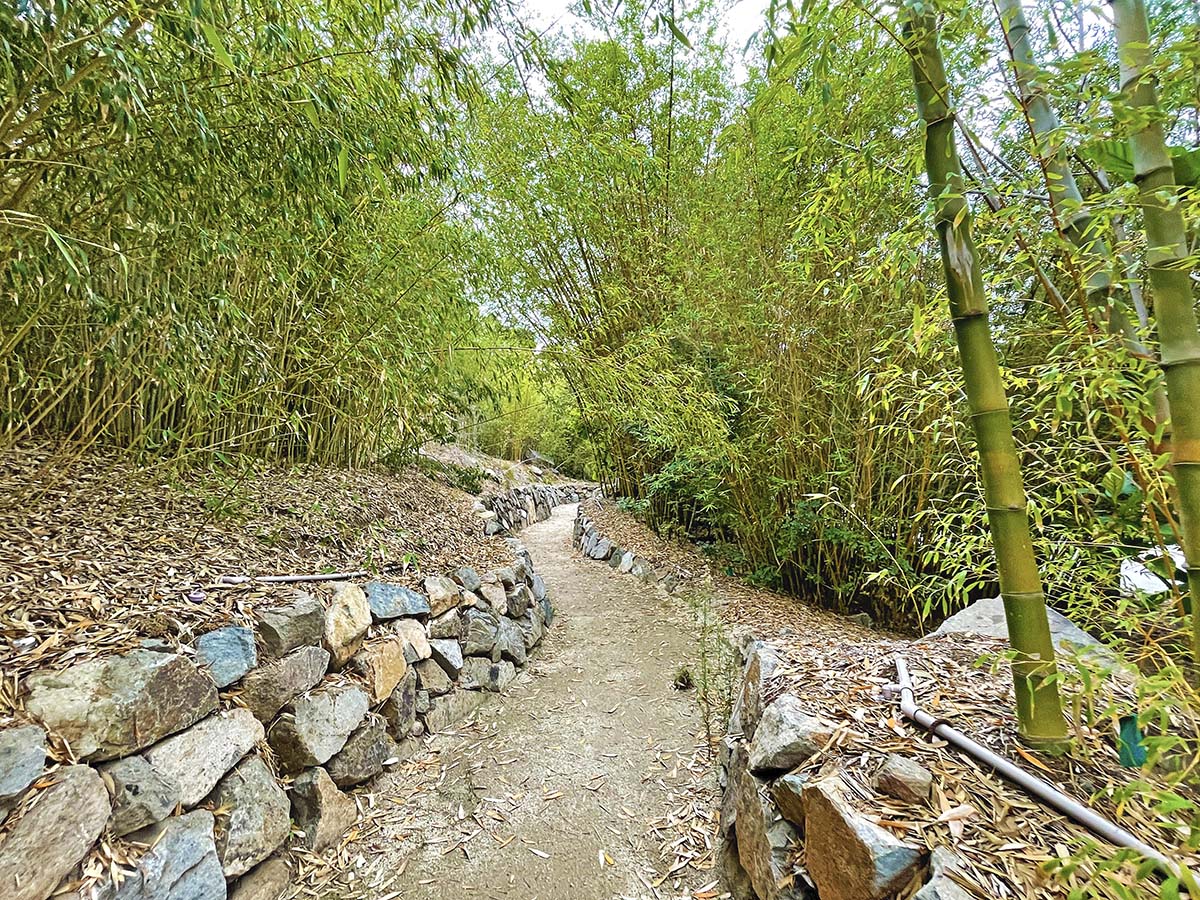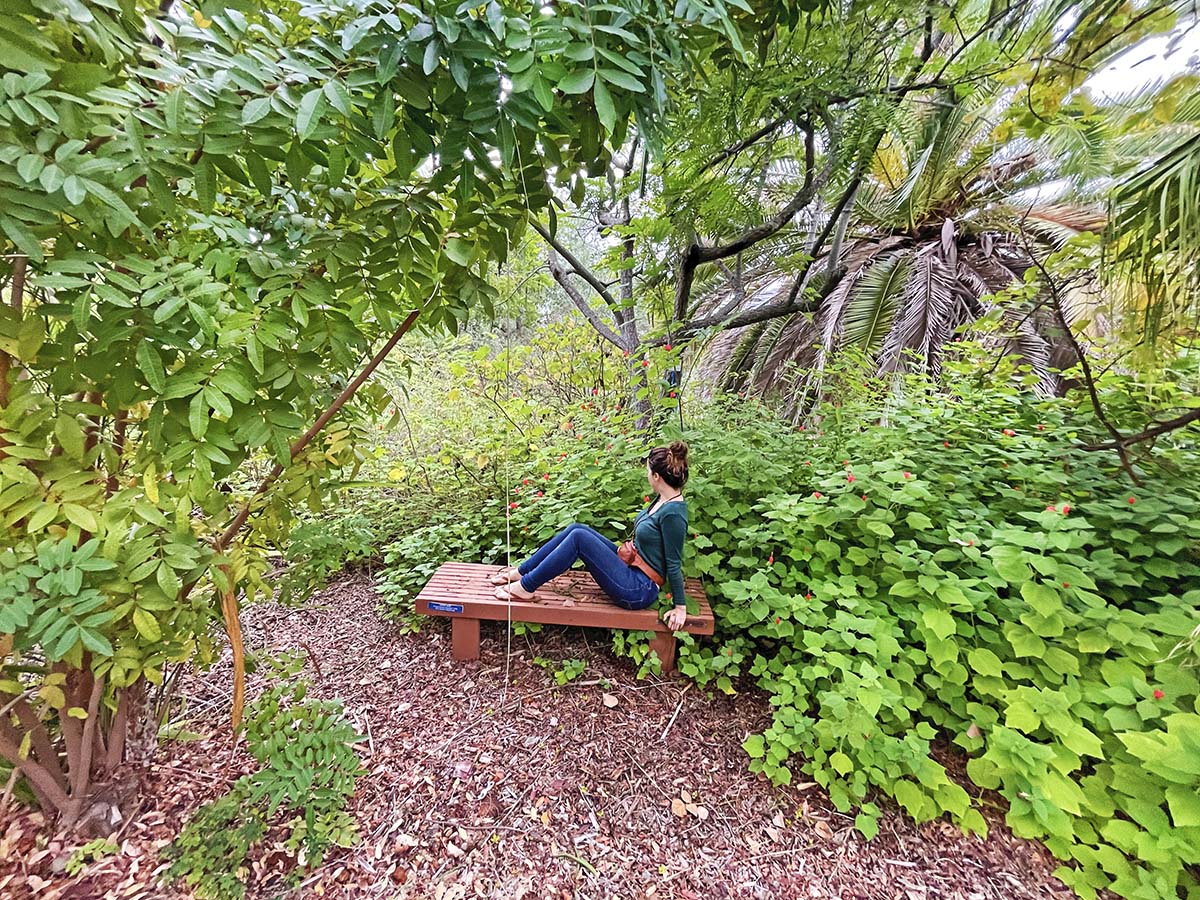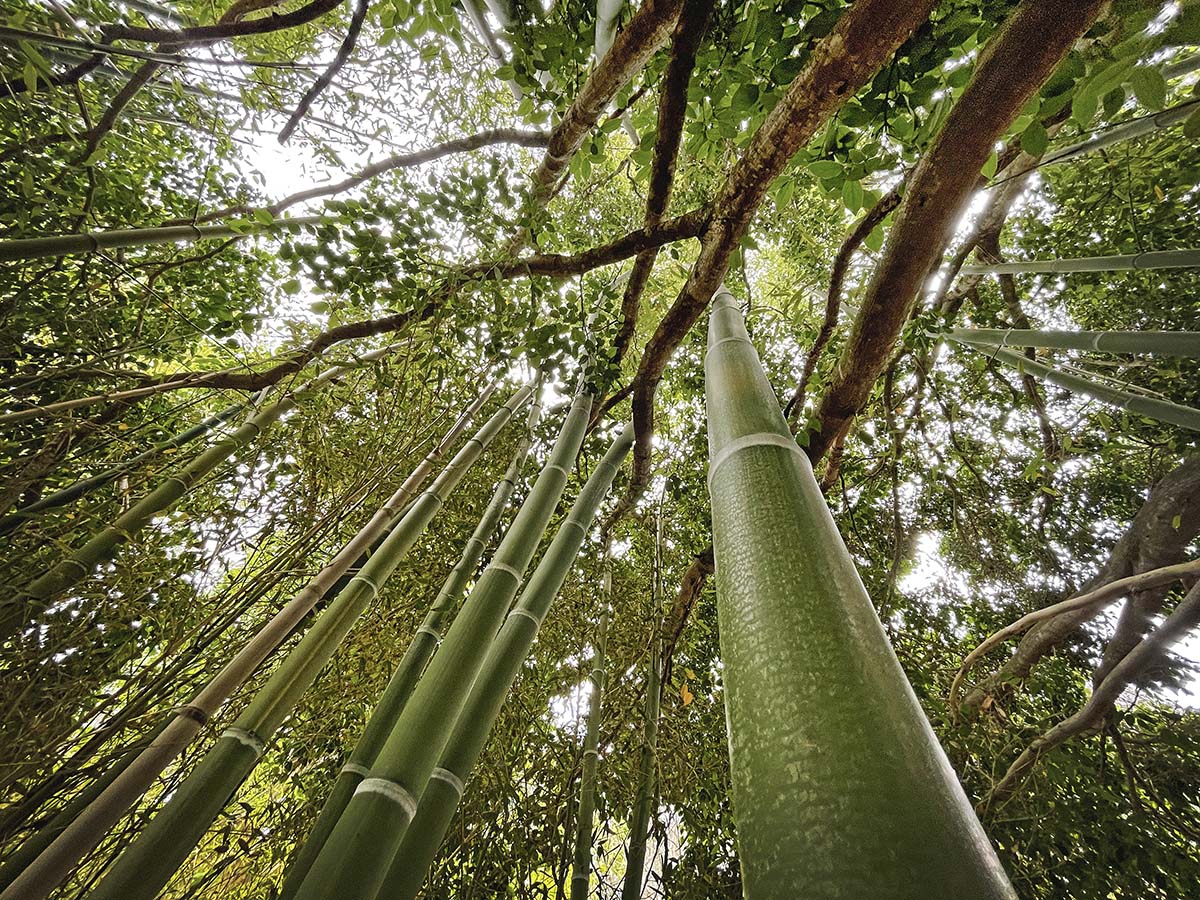
Palomar College Arboretum
0 Reviews
Hello everyone! This is a friendly reminder that any of these fun places we may visit, we are a guest at. Please treat both businesses and trails with the utmost respect. We here at Hidden San Diego follow the 'Leave no Trace' mantra, meaning whatever you bring with you comes back with you. If you see trash on a trail, please do your part to help remove it. Remember, we are not picking up trash from another person but instead cleaning up for Mother Nature. Happy adventures!

Palomar College, Comet Cir, San Marcos, CA 92069
(760) 744-1150 x2133
33.1499969969, -117.1803256676
Dog-Friendly: Service pets only Kid-Friendly: Yes
Where to Park: There is visitor parking near the front of the campus officed
Website Hours: 6AM-9PM daily
About the Palomar College Arboretum:
The Palomar College Arboretum was a HUGE surprise for me the first time I visited. I went to this school for many years and even thought that I knew where the arboretum was. I could have sworn we had visited it multiple times when I went here. Turns out we were in the wrong area. The true arboretum is as magical as a place can be! I am now so bummed I was not visiting this spot weekly to escape into nature.
It was actually established in 1973, with 5 acres being set aside for the arboretum. Plants from around the world were planted here making it a fabulous spot to help educate yourself further on botany or a peaceful place to relax in between classes.

In 2019, the arboretum received major renovations which included making it ADA (Americans with Disabilities Act) compliant. The pathways used to have many stairs but now they are smooth and easy to navigate around. There are also placards helping to identify each plant. White signs mean the plant is not endangered, yellow signs mean the plant is vulnerable or threatened and red means the plant is critically threatened or extinct in the wild.
The arboretum was renamed in 2015 after Edwin and Frances Hunter, the late co-founders of Hunter Industries in San Marcos. Their estate has donated $500,000 to Palomar to help long-term care and maintenance of the arboretum.

Some of the plants at the arboretum are extremely rare, one of them being the ohai, which is an endangered plant in Hawaii. A Hawaiian botanical garden sent Palomar 25 ohai seeds years back which they were able to successfully grow 4 plants from. Of those 4 plants, they were able to retrieve 31,000 seeds. This particular variety of ohai is actually now extinct in Hawaii, so they are hoping to help re-introduce it to the wild.
While you’re in the area, make sure to check out the Golden Door Country Store nearby!
Many of the plants were actually donated from other botanical collections, including the San Diego Zoological Society, Huntington Gardens and the L.A. Arboretum. Although the arboretum is the best place to see a condensed collection of plants, the entire Palomar College campus is actually designated as a botanical garden.

Campus-wide there are as many 800 plants in and around the arboretum and another 4,000 plants in the cactus and succulent garden (we will cover this spot another day). There are 9,000 plants throughout the campus.
Another project under way at the arboretum this summer is a student-led geographical information system (GIS) mapping of all the the plant species. Once the cataloging effort is complete, all of the trees and plants in the arboretum will have detailed information accessible to visitors via cellphone as they navigate through the property using GPS technology.
One of the most exciting things for me to stumble upon was a James Hubbell sculpture! I was NOT expecting this at all! It was originally built around 1964-65 and then cut in half and moved to Palomar campus in 1971.






I fell in love with this Moreton Bay Fig tree! In fact, this tree species is actually what our logo is based off of, originally inspired by the trees in Balboa Park! 







Finally getting a closer look at the ‘P’ I now see there is a trail taking you up the hill! One day I will hike to it!











